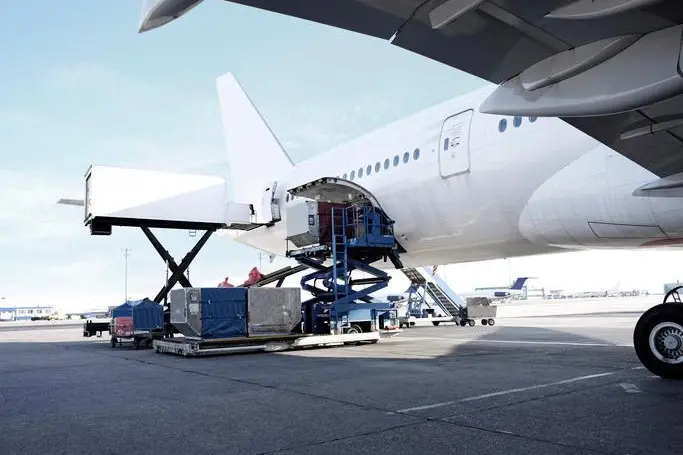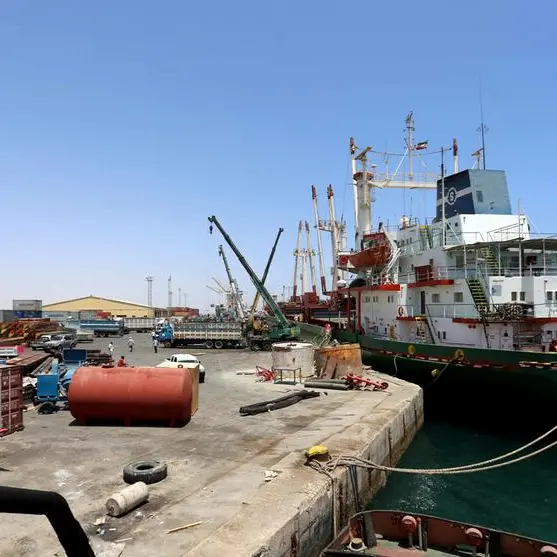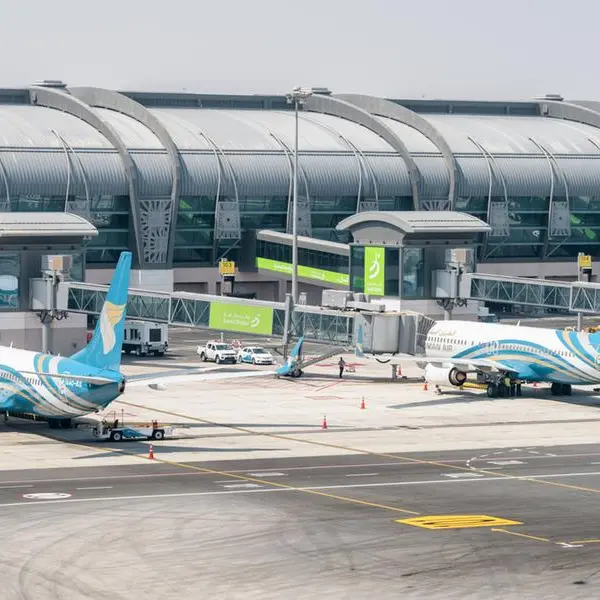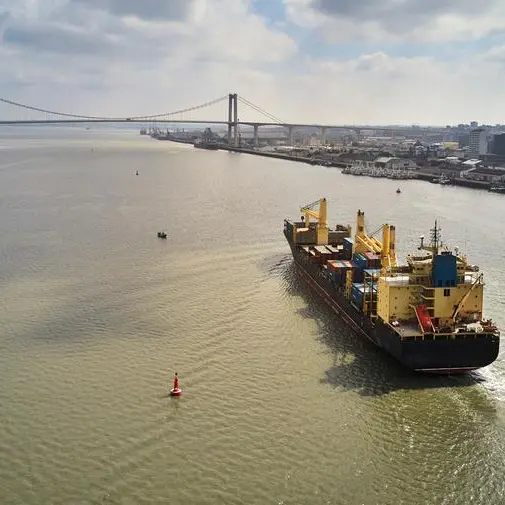PHOTO
Preliminary WorldACD figures for March indicate air cargo demand and pricing may be stabilising, with rates holding firm and year-on-year tonnages down just -8%, compared with -13% for Q4 2022 and -11% expected for Q1 2023 as a whole.
And despite the market softening in the last 12 months, early 2023 worldwide revenues remain the third-highest in the last 15 years, and rates are around 50% above pre-Covid levels, WorldACD analysis reveals.
Preliminary figures for March indicate that global air cargo demand and pricing may start to stabilise, with average rates holding firm at around 50% above pre-Covid levels and year-on-year (YoY) tonnages down just -8% in March – compared with double-digit percentage declines in the final quarter (Q4) of 2022 and in early 2023, according to WorldACD Market Data.
Drop in tonnages
Initial WorldACD figures indicate that Q1 2023 is looking at a -11% YoY drop in tonnages, compared with -13% for Q4 2022, with March’s -8% YoY decline pointing towards a deceleration of the recent pattern of YoY volume decline.
And despite softening in the last 12 months from the exceptionally high demand and pricing levels the previous year, the international air cargo market remains relatively strong in historical terms, with early 2023 worldwide revenues still the third-highest achieved in the last 15 years, figures and analysis from WorldACD reveal.
Analysis of the world’s main sub-regions and specialist product categories also highlights some further positive indicators, including 14 of the 23 sub-regions identified by WorldACD experiencing positive revenue growth last year compared with the overall record figures of 2021. It also reveals continued revenue growth within air cargo specialist products including temperature-controlled/pharma, dangerous goods, flowers, meat, and live animal shipments, with specialist products continuing to grow in importance and in revenue terms for carriers and the wider air freight sector.
Revenues still at near record levels
Although worldwide air freight tonnages and average yields have been on a generally declining trend since last March, to put this into a wider context WorldACD examined chargeable weight and revenue developments across the last 15 years.
Its analysis shows that worldwide air freight revenues last year were at their second-highest level in that 15-year period, just slightly below their record levels in 2021 and around twice their average annual level in the decade before the Covid pandemic. And on the demand side, tonnages in 2022 were on a par with those in 2016 and higher than in any of the years leading up to 2016.
Figures from WorldACD show that air cargo tonnages have experienced monthly year-on-year declines since March 2022 from their elevated levels in late 2021 and early 2022, and average rates have been falling since September, although there are some early indications that demand and pricing may be stabilising.
Following double-digit year-on-year monthly declines from October to January, tonnages in February were down, year on year, by around -9%, and by around -8% in March – so, less-negative than January and February (combined), or any of the months in the preceding quarter. And average yields, including surcharges, appear to have stabilised since December at around -29% below their historically elevated levels the previous year, and still substantially above their pre-Covid levels.
Q1 2023 comparable with Q1 2016
Comparing Q1 2023 with the equivalent period in each of the last 15 years shows this year’s volumes in Q1 were comparable with those in Q1 2016. The year-on-year comparison for Q1 2023 shows a decline of -11% compared with 2022.
Average worldwide yields, including surcharges (in US dollars), for March 2023 are about 30% lower than March 2022 and around +50% higher than their equivalent levels in the pre-Covid year of 2019.
Supply chain corrections
Although average air freight yields and total revenues remain high by historic standards, overall global tonnages have dropped back to around their levels in 2015 and 2016.
Freight forwarding and shipper reports suggest that this may partly reflect an adjustment of inventory levels following restocking that took place in early 2022 in response to congestion and anticipated congestion in ocean freight supply chains, plus softer and unpredictable consumer demand in some sectors.
Various sources believe the current relatively subdued demand will continue during the first half of this year, and that demand levels may pick up in the second half of 2023, as inventory levels drop.
Increased importance of special products
In the meantime, analysis by WorldACD highlights several areas of continued tonnage or revenue growth. For example, a breakdown of air cargo product categories for February 2023 by WorldACD indicates that while general cargo tonnages were down -14%, year-on-year, overall volumes of the 12 special products categories tracked by WorldACD were up by +1%.
That gives special products, currently, a 36% share of the overall air freight market, compared with 33% in 2019. Among those categories, vulnerable/high-tech products saw a +4% increase in February, live animals a +12% increase, and valuables a +3% increase in chargeable weight, compared with the equivalent period last year.
For a broader and longer-term analysis of the development of special product categories versus general cargo, WorldACD analysed the full year 2022 versus 2021. Whereas overall tonnages and yields were down compared with the previous year, several products experienced positive weight and revenue growth in 2022.
Pharma/temperature-controlled products saw revenue grow +11% in 2022, mainly due to +9% higher yields. Dangerous goods saw revenues rise +22%, year-on-year, thanks to growth in both chargeable weight (+8%) and yield (+12%). Revenue from flowers shipments rose 10%, despite a -3% drop in volumes, thanks to rates rising +14%. Meanwhile, revenues for general cargo shipments declined by -7%, year-on-year, with volumes, declined by -8% and yields more or less flat at +2%.
Sub-regional weight and revenue trends
On a regional and sub-regional level, several areas experienced positive air freight tonnage and revenue growth in 2022, including South America, Southern and Central Africa, Central Asia, and the Balkans & Southeast Europe. Overall, 14 of the 23 sub-regions tracked by WorldACD had positive revenue growth overall in 2022, compared with 2021, with yield increases outweighing, tonnage declines from origin regions including Mexico, Central America, USA, the Caribbean, Northern Europe, Western Europe, East Africa, West Africa, and Canada.
Copyright 2022 Al Hilal Publishing and Marketing Group Provided by SyndiGate Media Inc. (Syndigate.info).





















